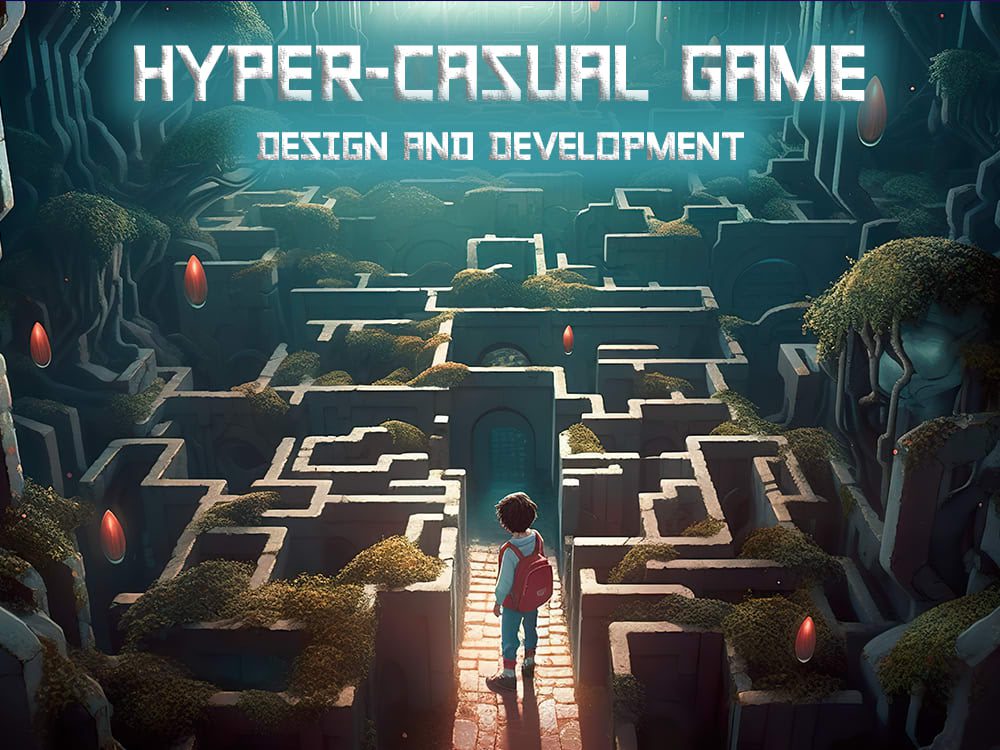Game development using Unity involves various stages from conceptualization to completion. Unity provides tools and capabilities to bring developers’ ideas to life, from designing characters and gameplay to programming game logic using C#. Graphics and animation are enhanced with Unity’s rendering engine and animation tools, while testing and debugging ensure a smooth gaming experience. Deployment options allow for releasing games on multiple platforms, and Unity’s community and support system provide resources for developers. Unity streamlines the game development process, allowing creators to focus on their vision and deliver engaging gaming experiences to players globally.
Introduction
Game development is a complex and multi-faceted process that involves various stages from conceptualization to completion. In this article, we will explore the role of Unity, a popular game development engine, in the creation of video games.
Conceptualization
The game development process typically begins with a concept or idea. This could be a simple sketch, a detailed design document, or just a vision in the mind of the developer. Unity provides a platform where developers can bring their ideas to life through a combination of tools, graphics, and programming capabilities.
Design and Planning
Once the concept is finalized, developers move on to the design and planning stage. This involves creating the game world, characters, levels, and gameplay mechanics. Unity offers a range of tools and assets that can be used to design and prototype these elements before actual development begins.
Programming
Programming is a crucial aspect of game development, as it is responsible for bringing the game mechanics and interactions to life. Unity uses a scripting language called C# to program the game logic and behavior. Developers can also take advantage of Unity’s visual scripting tool, Bolt, to create complex interactions without writing code.
Graphics and Animation
Graphics and animation play a significant role in creating the visual appeal of a game. Unity provides a powerful rendering engine that supports a variety of graphics effects and shaders. Developers can also use Unity’s animation tools to create lifelike motion and behavior for characters and objects.
Testing and Debugging
Testing and debugging are essential stages in game development to ensure that the game runs smoothly and is free of any bugs or glitches. Unity comes with built-in testing tools and a robust debugging system that allows developers to test their game across multiple platforms and devices.
Completion and Release
Once the game is developed, tested, and polished, it is ready for release. Unity offers a range of deployment options, including publishing to various platforms such as iOS, Android, PC, and consoles. Developers can also take advantage of Unity’s analytics tools to track user behavior and optimize the game for maximum engagement.
Community and Support
Unity has a vast and active community of developers, artists, and enthusiasts who share their knowledge, resources, and expertise. Unity also provides comprehensive documentation, tutorials, and support to help developers throughout the game development process.
Conclusion
Game development is a challenging but rewarding process that requires creativity, technical skills, and dedication. Unity plays a crucial role in simplifying and streamlining the game development process, allowing developers to focus on bringing their ideas to life and creating immersive gaming experiences for players worldwide.
